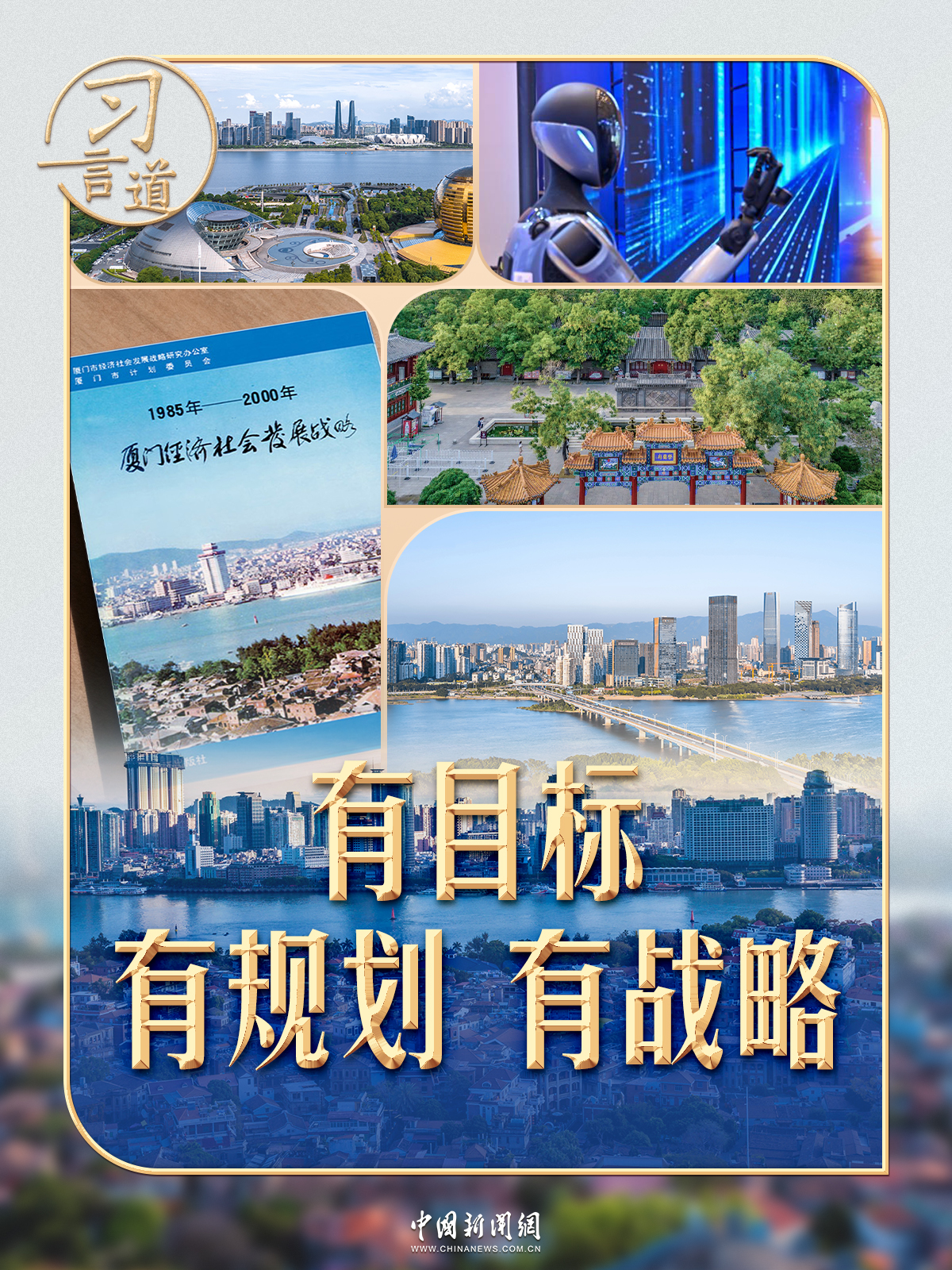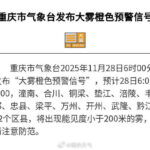During an inspection of the Xiamen area of the China (Fujian) Pilot Free Trade Zone on October 16, 2024, President Xi Jinping’s attention was drawn to a blue-covered document titled “Xiamen Economic and Social Development Strategy 1985-2000.”
This was the earliest 15-year economic and social development strategic plan compiled by a local Chinese government, with the leadership in its preparation coming from Comrade Xi Jinping, who was then a member of the Standing Committee of the Xiamen Municipal Committee and Vice Mayor of Xiamen.
Forty years ago, in 1985, the State Council approved the expansion of the Xiamen Special Economic Zone to cover the entire island. That summer, Comrade Xi Jinping arrived in Xiamen from Zhengding, Hebei, to assume his new position.
At that time, the construction of the Xiamen Special Economic Zone had been underway for five years and was entering a new phase, urgently requiring a development strategy to guide decision-making. With long-term vision, Comrade Xi Jinping proposed formulating a medium to long-term development strategy.
Starting in August 1986, Comrade Xi Jinping personally led a task force comprising more than ten units and over 100 experts, professors, and practitioners. Through extensive research and repeated discussions over a year and a half, they produced a strategic report of over 200,000 words, providing forward-looking strategic guidance for Xiamen’s medium to long-term construction and development.
In those days, “development strategy” was still a relatively new concept, and researching development strategies was a labor-intensive task with results that were not immediately apparent.
However, in Comrade Xi Jinping’s view, “Engaging in modern economic development requires long-term consideration and overall planning; one cannot focus only on the immediate and respond temporarily.” He emphasized, “As leaders, we must not only base ourselves on the present but also focus on the long term, willingly undertaking foundational work and addressing matters that have not yet come to fruition.”
This determination and courage reflect a comprehensive awareness and strategic vision, highlighting the concept of political achievement where “success does not necessarily have to be attributed to me, but success certainly involves me.”
During his inspection visit to Xiamen in October 2024, President Xi Jinping remarked with emotion: “We participated in the pioneering work here, and the development now is even better than we imagined at the time.”
Those who do not plan for the overall situation cannot plan for a part; those who do not plan for eternity cannot plan for the moment. From local to central leadership, President Xi Jinping’s keen insight into the times and steadfast commitment to the direction of development have been consistent.
While working in Zhengding, Hebei, upon learning that the “Dream of the Red Chamber” television series crew was looking for an exterior shooting location, Comrade Xi Jinping敏锐地 saw the business opportunity, coordinated多方 to build the Rongguo Mansion tourist attraction, which greatly boosted Zhengding’s tourism development.
While serving as Secretary of the Fuzhou Municipal Committee, Comrade Xi Jinping personally presided over the formulation of Fuzhou’s “3820” Strategic Project, requiring that Fuzhou’s development be planned by looking beyond Fuzhou, to the whole country and even the world.
After assuming work in Zhejiang, Comrade Xi Jinping conducted in-depth investigations and research, proposed and organized the implementation of the “Eight-Eight Strategy,” laying a solid foundation for Zhejiang’s long-term development.
Since the 18th National Congress of the Communist Party of China, President Xi Jinping has attached great importance to the significance of strategic planning, repeatedly emphasizing that leading cadres must have strategic thinking and vision.
“Strategic issues are fundamental to a political party and a country. Accurate strategic judgment, scientific strategic planning, and gaining the initiative strategically mean great hope for the cause of the Party and the people,” the President pointed out.
This year marks the conclusion of the “14th Five-Year Plan” and the planning and layout for the “15th Five-Year Plan.” Adapting to changing circumstances, grasping strategic priorities, and scientifically planning economic and social development for the “15th Five-Year Plan” period are of great significance.
At the end of April this year, President Xi Jinping presided over a symposium on economic and social development during the “15th Five-Year Plan”




